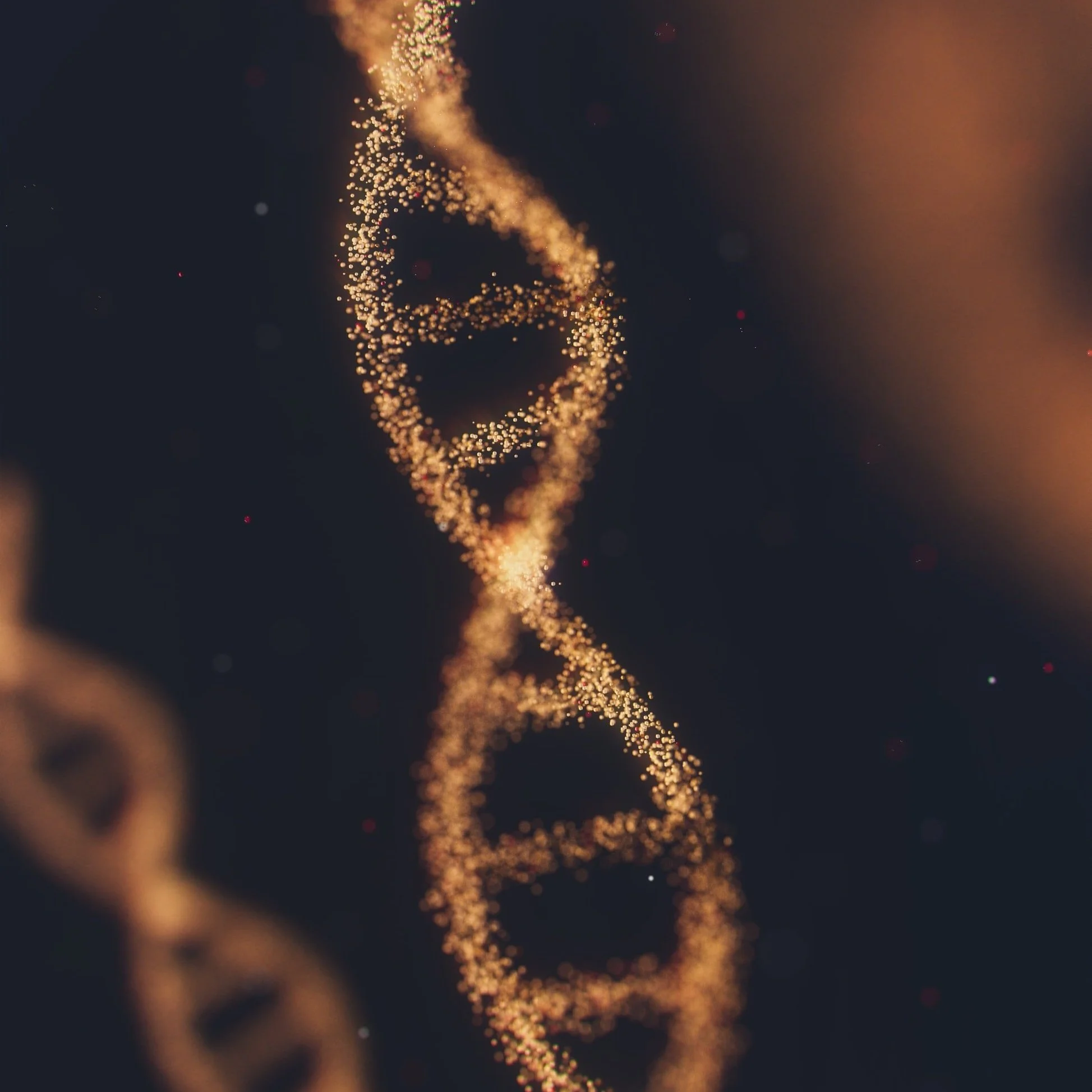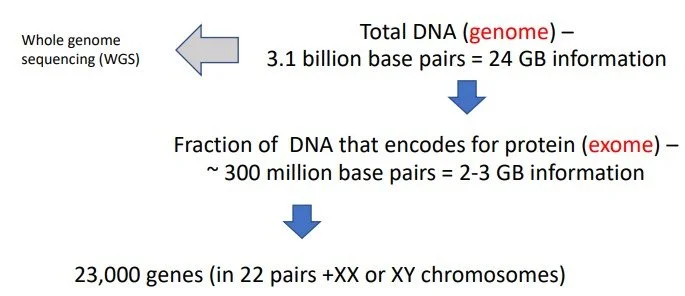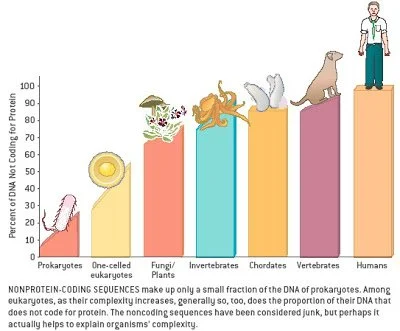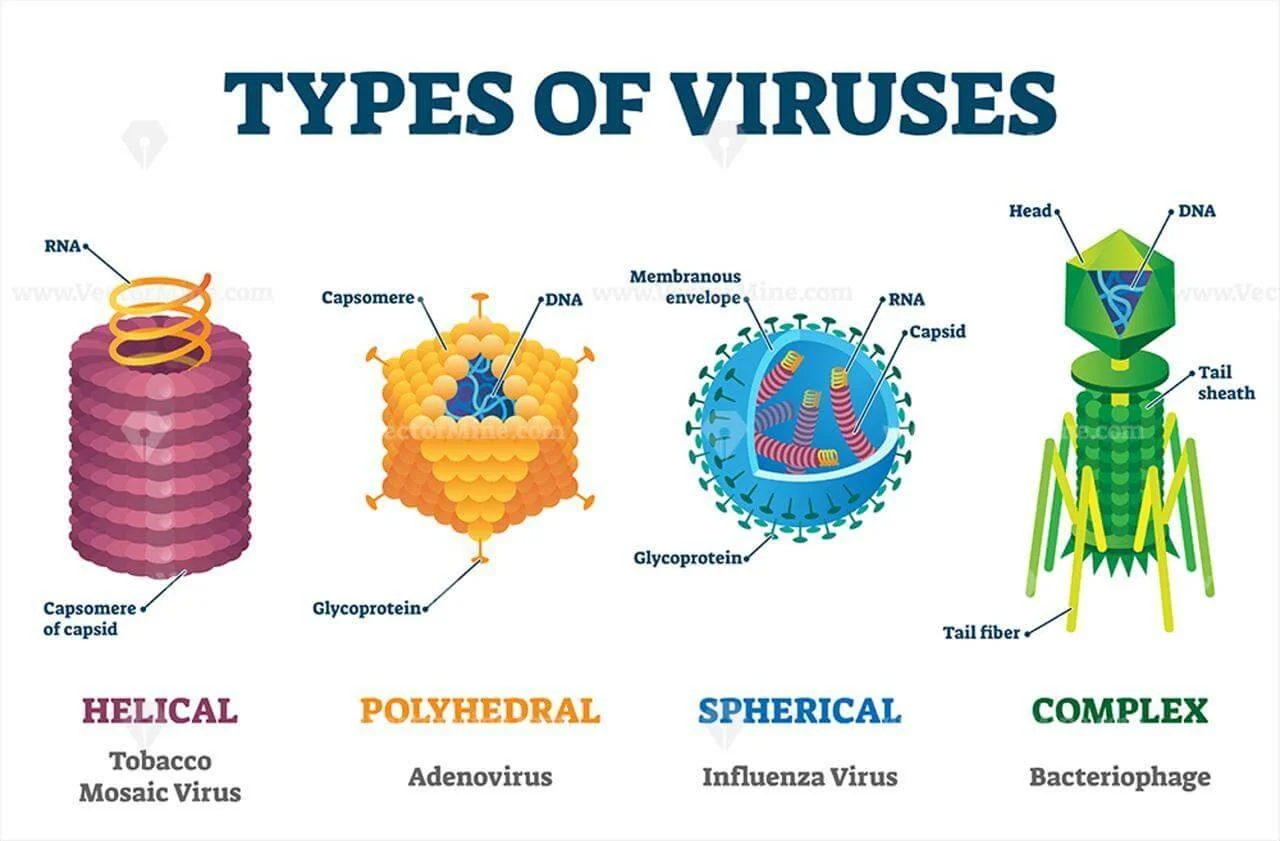Share your progress/experience in our fb Messenger “Safe Room @ RAYKI”
Submit Your Question
Your name & name are optional. Your honest comments/questions are always welcomed here
Week 1 Intro & Lecture - you can access the lecture by clicking the links below. Please request for access by clicking the link as I may have not assigned the correct email account for share.
Access recording —> DNA Level 1
Level 1 Presentation
Topics:
DNA - physical (chemical) property and associated biological function
Unsolved mystery - Junk DNA
DNA Programming
DNA as a memory bank
Dis-ease causing DNA mutations/distortion
Effect of emotion on DNA
Healing DNA (Exercise)
Exercise - Linking mind to DNA
Lecture Notes
”The DNA molecules that constitute our genetic code look like a twisted ladder (the formal name is a “double helix”), and the amount of DNA in one human cell (the genome) would be about two yards long when stretched out. Yet, all of it is contained in a nucleus that is about two ten-thousandths of an inch across.”
- Harvard press
DNA, RNA, Proteins “ DNA is the genetic material that serves as our body’s genetic blueprint. DNA is short for deoxyribonucleic (Dee-OX-ee-ry-boh-nu-KLAY-ik) acid. It tells cells how to make all the proteins that will be needed for the body to survive. DNA receives a lot of attention, but it wouldn’t work without a key partner: RNA. That’s short for ribonucleic (RY-boh-nu-KLAY-ik) acid.” - sciencenewsforstudents.org
(DNA) is a molecule that encodes the genetic instructions used in the development and functioning of all known living organisms and many viruses. DNA is a nucleic acid; alongside proteins and carbohydrates, nucleic acids compose the three major macromolecules essential for all known forms of life
“DNA usually occurs as linear chromosomes in eukaryotes, and circular chromosomes in prokaryotes. The set of chromosomes in a cell makes up its genome; the human genome has approximately 3 billion base pairs of DNA arranged into 46 chromosomes.[88] The information carried by DNA is held in the sequence of pieces of DNA called genes. “
- Wikipedia
“In many species, only a small fraction of the total sequence of the genome encodes protein. For example, only about 1.5% of the human genome consists of protein-coding exons, with over 50% of human DNA consisting of non-coding repetitive sequences.[90] The reasons for the presence of so much noncoding DNA in eukaryotic genomes and the extraordinary differences in genome size, or C-value, among species, represent a long-standing puzzle known as the "C-value enigma".[91] However, some DNA sequences that do not code protein may still encode functional non-coding RNA molecules, which are involved in the regulation of gene expression.[92]”
- Wikipedia
C-Value: The C-value is the amount of DNA in the haploid genome of an organism
More Junk DNA More Complex?
The proportion of noncoding (JUNK) DNA increases with developmental complexity
Is Junk DNA junk?
Mutations within junk DNA linked to autism spectrum disorder paper : “Using artificial intelligence, scientists have discovered mutations in parts of non-coding DNA known as “Junk DNA” that can lead to autism. This is the first study of its kind to connect the dots between autism and the human genome. The study titled, “Whole-genome deep-learning analysis identifies contribution of non-coding mutations to autism risk,” was published this week in the journal Nature Genetics. Only around 1 to 2 percent of the genome is made up of genes that encode proteins. These proteins regulate the various functions of cells throughout the body. Much of the remaining non-coding regions serve to regulate gene expression. The scientists noted that some had mutations in the regions that did not code for any proteins while some had mutations in regions with coding functions. Both were similarly associated with autism.” - news-medical.net
DNA as memory bank
“According to their study, epigenetic responses that are inherited follow an active process as it gets passed on through generations.
We previously showed that worms inherited small RNAs following the starvation and viral infections of their parents. These small RNAs helped prepare their offspring for similar hardships,” Dr. Rechavi said. He goes on the explain the research, noting “We also identified a mechanism that amplified heritable small RNAs across generations, so the response was not diluted. We found that enzymes called RdRPs are required for re-creating new small RNAs to keep the response going in subsequent generations.”
DNA can carry memories of traumatic stress down the generations reference link
DNA can be reprogrammed?
DNA is not just there to be read. It can be edited or changed.
“Many people have mistakenly believed that the DNA with which we are born is the sole determinant for who we are and will become, but scientists have understood for decades that this genetic determinism is a flawed theory.
The field of epigenetics refers to the science that studies how the development, functioning and evolution of biological systems are influenced by forces operating outside the DNA sequence, including intracellular, environmental and energetic influences.” read more >>
Emotion Affects DNA
Scientists have recently shown that emotion affects DNA. A group of researchers in the UK were studying depression and noticed unexpected metabolic changes in their cells that appeared to be a result of the depression. And if a low-frequency emotion like depression has such an impact, imagine what impact a high-frequency emotion like love or gratitude must have.
Researchers at the HeartMath Institute experimented with this by placing DNA in vials and then generating certain emotions as they held the vials. What they found was that the DNA altered its shape in response to different feelings! Love, gratitude, and appreciation caused the DNA to relax and the strands to unwind, while anger, frustration, and stress caused it to tighten up and even switch o many of its codes! When the positive feelings came back, these effects were reversed.
“The Role Of DNA
First, let’s talk about DNA. The DNA receives every pulse from the Universe and transmits back into the Universe our unique frequency — messages about who we are and what we want. Our DNA represents our entire genetic blueprint. Dr. Fritz-Alpert Popp proved that light emissions are emanating from our DNA, the core reactor from which we are broadcasting our personal energy signature.
Dr. Bruce Lipton’s work is proving that we can actually reprogram our DNA. What he has discovered is that the nucleus of a cell is not read only. It is actually read and write. Basically, the cell is a programmable device, in response to environmental information. Therefore, if you are dissatisfied with your blueprint, you can change it and broadcast a new message about yourself to the universe.
Scientists have recently shown that emotion affects DNA. A group of researchers in the UK were studying depression and noticed unexpected metabolic changes in their cells that appeared to be a result of the depression. And if a low-frequency emotion like depression has such an impact, imagine what impact a high-frequency emotion like love or gratitude must have.
Researchers at the HeartMath Institute experimented with this by placing DNA in vials and then generating certain emotions as they held the vials. What they found was that the DNA altered its shape in response to different feelings! Love, gratitude, and appreciation caused the DNA to relax and the strands to unwind, while anger, frustration, and stress caused it to tighten up and even switch o many of its codes! When the positive feelings came back, these effects were reversed.”
Read more >- Source
Exercise
Review your day so far - what was your dominant emotion, feeling, and thought? How was your breathing, heart rates, and stress level? Any part of your body that are pain or tightness? Have you thought that your DNA are constantly in communication with you, your emotion, your heart rate, thought, feeling, etc?
Optional Reading
Viruses - DNA packed organisms | scientists learn about DNA from disease-causing viruses. Unique function/ability can be used as a scientific tool to advance knowledge on various disorders and function of genes.
Virus vs Bacteria https://www.pmfias.com/difference-virus-bacteria-dna-rna-viruses/
Viruses - minimalist? Are they alive? We can google it or leave it to your imagination for now. They are disease causing organism that can turn to a tool for research and clinical application. Once they find a host, they do replicate themselves by hijackings the living system. Some viruses carry RNA instead - COVID is a RNA virus.
“The Good that Viruses Do”
“Although some two hundred kinds of viruses are known to infect, sicken, or kill us, as the emergence of SARS-CoV-2 has most recently hammered home, that’s only one part of the picture. Viruses also keep us alive. They form part of the body’s microbiome and safeguard our health. They can be harnessed to treat illness, deliver vaccines, and diagnose infections. They’re wielded as research tools to illuminate biology and disease and develop new drugs. We can thank snippets of viral genomes, incorporated into our DNA tens of millions of years ago, for how our reproductive and nervous systems work.”
The surprising and beneficial contributions that viruses bring to life reference
Genetic modifications, Gene therapy and more…
Plant, animals, humans and more
References
Cell size and more - cool visual
DNA Animation by Drew Berry and Etsuko Uno (shown above)
DNA from 3D view DNA interactions can be common or cell type-specific. They “visualized” the specificity in a graphical format.
An Overview of Gene Control: The genome of a cell contains in its DNA sequence the information to make many thousands of different protein and RNA molecules. A cell typically expresses only a fraction of its genes, and the different types of cells in multicellular organisms arise because different sets of genes are expressed. Moreover, cells can change the pattern of genes they express in response to changes in their environment, such as signals from other cells.
Bacteria vs Virus https://www.pmfias.com/difference-virus-bacteria-dna-rna-viruses/










